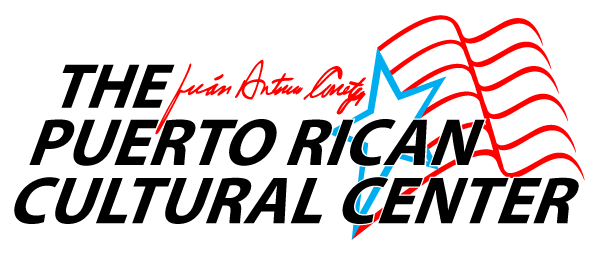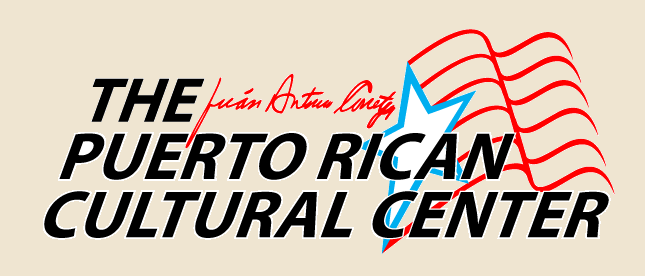After Hurricane Maria, flights full of Puerto Rican transplants began landing in Florida last autumn, prompting a response center run by the nonprofit Latino Leadership to open. It welcomes new arrivals with food, clothes and homes, and even helps find them jobs. Their two tiny offices off East Colonial Drive are brimming with activity, with volunteers packing up Goya seasoning and cans of green beans and chunky soup. Scores of helpers are marshaled by Marytza Sanz, who founded Latino Leadership back in 1999. As members of a television crew pack up their equipment, she says, “We have to wake up after Maria! Let’s keep it alive.”
It’s been six months since the worst natural disaster to hit the island ripped through the Atlantic, sending Puerto Ricans fleeing for Florida. From their pulpits, everyone from Gov. Rick Scott to the mayor of Orange County has pointed to a record number of flights into Miami, Jacksonville and Orlando, delivering a mass migration of nearly 300,000 people. This influx could reshape the political scene of the Sunshine State, which picked Donald Trump for president by just under 113,000 votes in 2016.
It’s one of the largest instant voter enfranchisements in Florida history — Puerto Ricans are U.S. citizens and can vote immediately upon arrival in any of the 50 states. They are arriving in America’s quintessential swing state ahead of an election season that includes pivotal races for governor, the U.S. House and perhaps the most expensive U.S. Senate race in history. And it’s a power that Ricardo Rosselló, the liberal governor of Puerto Rico, understands all too well. In January, he urged a crowd of Puerto Ricans in Kissimmee, just south of Orlando, to turn their outrage into a midterm maelstrom of their own against Washington’s perceived indifference. “This is where we have to draw a line in the sand,” he said.
Yet since that rousing speech, the political response has been closer to a whimper than a whirlwind.
For political parties, there’s no better time to try to capture support from the new arrivals. “It’s easier to get people now, while they are moving in and settling,” says Jared Nordlund, an Orlando-based senior strategist with UnidosUS, the liberal Latino advocacy group previously called the National Council of La Raza.
But his organization, comprised of around 20 people in the field, just launched a voter registration drive this month. It’s difficult to know where Puerto Ricans are living, much less how to get them to register to vote, so most of their work is being done in malls and public forums. And many get-out-the-vote advocates say they haven’t heard from Rosselló since his January visit.
Voter registration numbers remain low, reflecting that both liberals and conservatives have been slow to capitalize on the influx. While statewide data isn’t readily available, an OZY analysis of Florida’s largest cities found a total of 27,707 new Hispanic voter applicants in the counties that include Jacksonville, Miami, Tampa and Orlando. Only a fraction of those are believed to be Puerto Rican. Tellingly, Orange County, which includes the Orlando area that boasted about a third of the state’s Puerto Rican population before the hurricane, has seen only 8,376 new Hispanic registrants since Maria. Of that group, only 345 listed Puerto Rico as their previous home, but election officials admit that some applicants choose not to include their ethnicity, while most leave their former address blank.
Just about the only conservative group working in the region is the Libre Initiative, the Koch network organization aimed at Hispanic outreach. Libre executive director David Velasquez, an Orlando native who still lives there, says the group has spent $100,000 on Puerto Rican outreach so far this year, mostly on job workshops and civic education. “You aren’t seeing the full effort from either side of the political spectrum, but I think it will come out soon,” Velasquez says. UnidosUS plans to ramp up its field staff to around 50 in a bid to register 20,000 in Central Florida and 45,000 statewide. But only about half of those will be Puerto Ricans, based on past performance, Nordlund says. “You’ll see tens of thousands registered later this year, once people are in full stride,” he says, but even those numbers would be far below earlier estimates.
Part of the problem is that nobody knows how many Puerto Ricans have arrived in Florida. A March report by the Center for Puerto Rican Studies at Hunter College in New York pegged the number at 56,500, and academics looking at new statewide school enrollments and driver’s license data cast doubt on estimates of hundreds of thousands. If massive numbers were coming in, Nordlund says, school districts would be “freaking out,” trying to figure out how to accommodate housing for new enrollees. He figures the real number is somewhere between 120,000 and 150,000. That’s in addition to nearly half a million Puerto Ricans who came to Florida from 2014 to 2016, fleeing the island’s economic instability.
Puerto Ricans overwhelmingly identify as independent but tend to vote liberal. Republicans believe they can woo the new voters by highlighting school choice, job creation and addressing the island’s debt crisis. Meanwhile, Democrats criticize Trump’s half-hearted response to Maria. “Nobody is ever going to forget that paper towel moment,” says Andres Lopez, the Puerto Rican delegate to the Democratic National Committee.
Yet Lopez believes it will take much more to translate outrage into votes. “Neither party has grabbed the ball,” he says, in crafting a policy plan that specifically addresses Puerto Rican issues, particularly a stance on statehood, which weighs heavily on Puerto Ricans. “It is shocking to me that you don’t see a much higher level of dollars being deployed.”
When Edwin Veguilla arrived in March, the nurse was leaving behind his Puerto Rican hospital, which no longer had light or water. Most of his time has been spent finding a job, and if he doesn’t find one soon, he will have to pack up his bags and head home empty-handed. He is one of many for whom registering to vote is the least of their worries. Most Puerto Ricans turned Floridians are navigating housing, work and schooling concerns, difficult enough without a cultural and language barrier. When they arrive, they are “frustrated with their own political system,” Velasquez says, and aren’t eager to jump back into the fray. Once they’ve determined they will stay on the mainland, then organizations like UnidosUSA can step in and make them feel welcome.
But building that trust will take time, sustained effort and more than a little bit of patience — traits that political donorsaren’t known for. While the time to invest is now, Nordlund says, he’s recently seen contributions plateau as the initial shock of the hurricane has faded. The effect is being felt on the grassroots level. “Are we going to be the decision vote in 2020? Yes. But right now, for this stage of local races and primaries, our community is not there yet,” says Sanz.
Back at the Puerto Rican response center, meanwhile, there are scores of boxes full of paperwork. They hold a treasure trove of information about the new arrivals, answering questions about how old they are, where they are living, who they are staying with and what they are hoping for — questions that folks like Velasquez and Nordlund were asking. Volunteers type away at a half-dozen computers, digitizing all that data.
“It’s a game-changer, the information we have,” says Carlos Guzman, CEO of the nonprofit Puerto Rican Leadership Council. But no organizations have approached him about using it to their advantage. “You can see it’s going to rain, you can see the turbulence coming,” Guzman says, noting the need to start organizing. “The problem we have is that political parties and their supporters just wait [until] three months before election time.”







